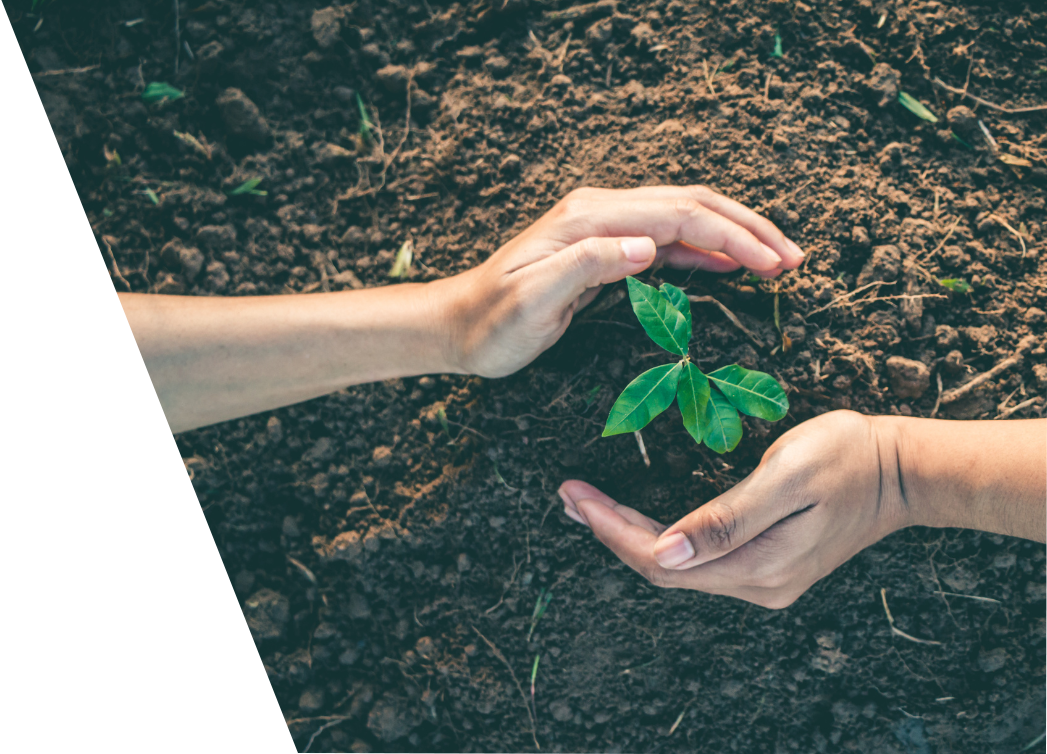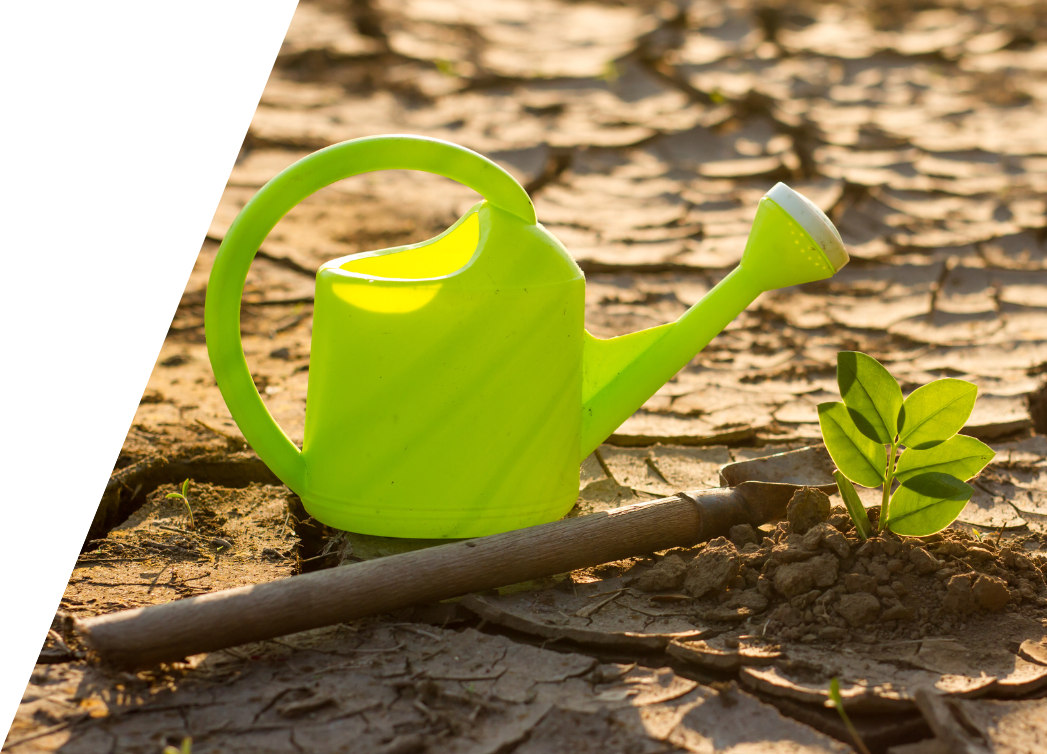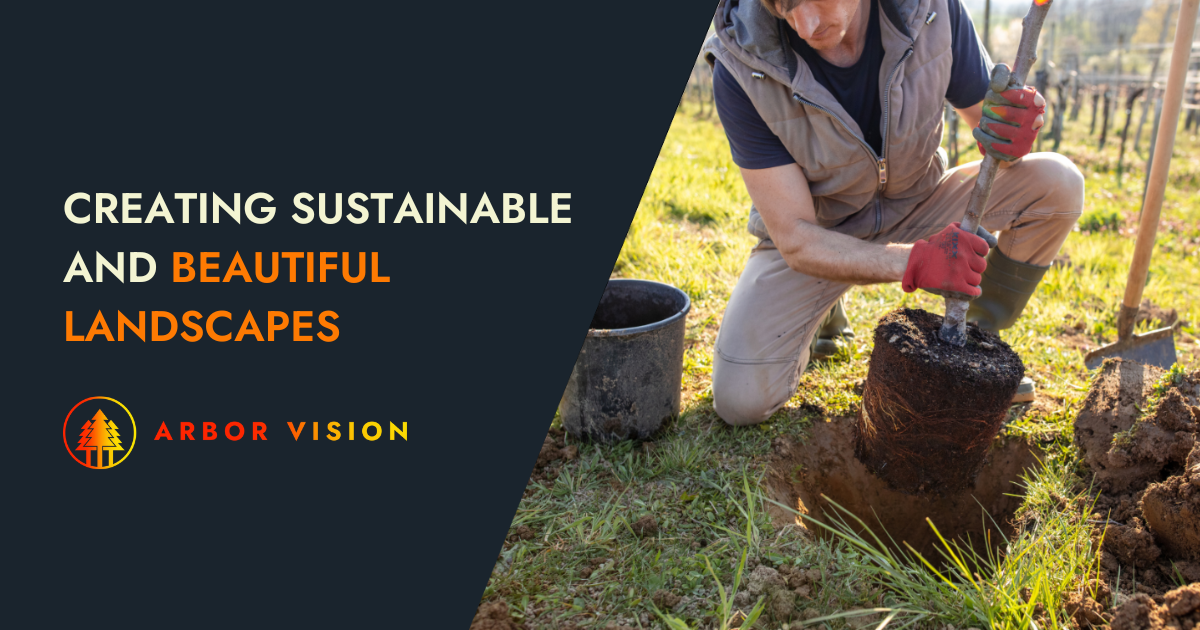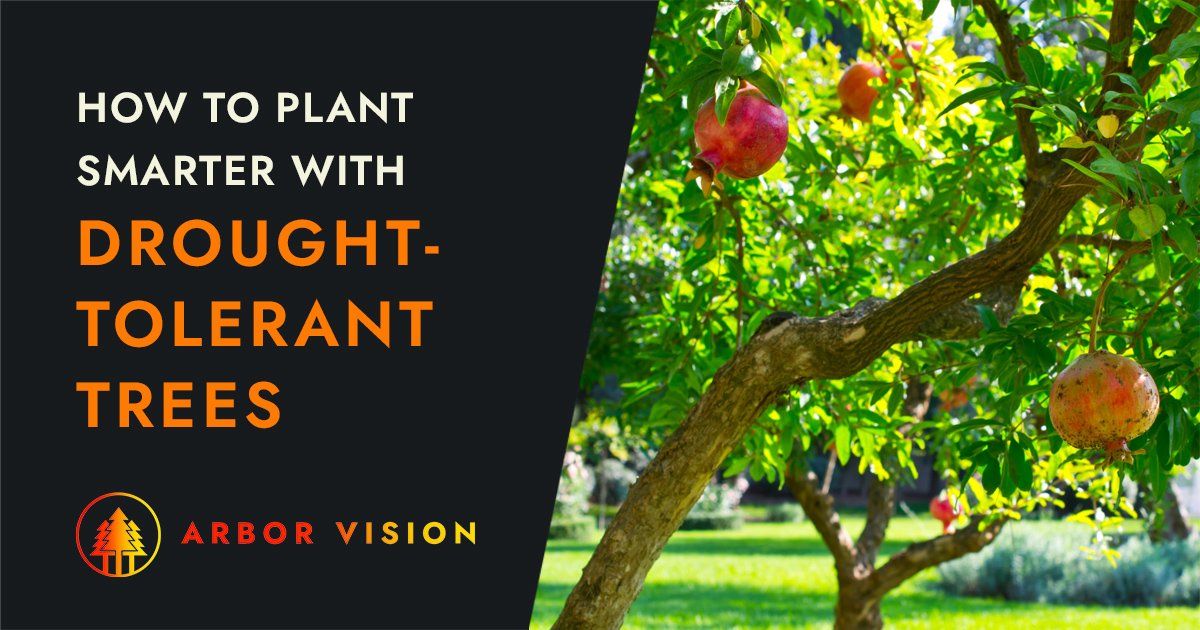
As global temperatures rise, new strategies are essential for property management. A particularly potent approach is rooted in nature itself:
sustainable tree planting. But it's not about just any trees. Dive into this guide to understand how property managers can leverage sustainable tree-planting techniques to address the challenges of a warming climate and simultaneously amplify the value and beauty of their properties.
Climate Adaptation: Trees as Cornerstones
The warming world challenges us to rethink traditional approaches to environmental protection. Central to this shift is understanding climate adaptation—a proactive response to changing conditions, emphasizing the role of nature in safeguarding our future.
For property managers, this is more than just an abstract concept. The alterations in temperature patterns and the increasing frequency of extreme weather events directly influence the built structures and their surrounding landscapes. Trees emerge as a vital component in this new equation.
These living sentinels offer more than just shade and beauty. Their roots fortify the soil against erosion, and their canopies mitigate the urban heat island effect. Beyond that, they serve as powerful carbon sinks, taking in CO2 and releasing life-giving oxygen.
However, it's not a one-size-fits-all solution. Successful adaptation requires careful consideration of tree species, their positioning, and tailored care routines to match a changing climate.
So, when property managers integrate trees into their landscapes, it's more than an aesthetic choice or nod to environmentalism. It's a pivotal strategy in addressing the challenges of a warming world, ensuring both vibrant communities and thriving ecosystems.
8 Sustainable Tree Planting Strategies
Planting trees for a warming climate takes careful thought to ensure your trees fully benefit the community. Otherwise, trees can put strain on the local ecosystem as well as your budget. Here are eight practical strategies for sustainable tree planting:
1. Create a Timeline
A timeline is critical to flourishing tree planting as it determines how long it will take to create the canopy and the impact of your project in the long and short term. Understanding how trees will establish themselves in 5, 10, and 20 years ensures the scope of their growth is considered when choosing the tree species and their placement.
2. Plot Out a Planting Plan
An arborist can help you plot the ideal sites for tree plantings to help you achieve different goals: providing more shade, curb appeal, creating privacy, building a windbreak, etc. You can also consider how your tree plantings contribute to the community. For example, planting trees closer to the street makes them more visible from your property. This will positively impact the community, and the shade helps manage heat-absorbing from paved surfaces. However, planting too close to infrastructure can pose issues such as cracked sidewalks and damaged utilities.
Trees planted near the building help shade your units, reducing energy use for AC. If you have outdoor common areas, shade trees are essential to create a park-like setting for tenants to relax and improve property values. Incorporating tree plantings on a large lawn creates more shade and helps provide natural habitats, but it can also attract nuisance animals that can present an issue. So, considering where to plant trees is critical to your tree-planting success.
3. Have Goals
Having goals for your tree planting is vital to your overall plan and strategy. Some questions to ask yourself include:
- How will your tree plantings improve your property?
- What result do you want once the trees are planted?
- How do you want the new trees to look now, in five years, 10 years, 20 years?
4. Choose Native Trees
Native trees will adapt quickly to their new home, increasing their chances of thriving and resisting disease. You will reduce water consumption by choosing native plants, which is a cost savings for your property. You can work with your arborist or landscaper to create "hydro zones" that keep plants and trees that require the same amount of water in specific areas of your landscaping plan. Native trees are also lower maintenance, so you don't have to worry as much about things such as:
- Supplemental irrigation
- Specialized fertilizers
- Herbicides
- Soil amendments
- Wind protection
- Too much sun or shade
5. Understand Your Microclimate
California tends to have wet winters and warm, dry summers, but these conditions vary based on your location. Your "microclimate" has specific environmental conditions, such as how much sun or shade you get in relation to your building, wind exposure, frequency of conditions such as rain and fog, and how much heat your property retains. These unique conditions create a climate specific to every square inch of your property and determine the types of plants and trees that will do best in each area.
6. Study Sun Exposure
When and how sunlight falls on your property is also essential. Direct sunlight all day differs from a few hours of sun each morning or afternoon. The shadows cast and the balance of sun and shade are essential to the health of trees, the direction they will grow, etc. Taking photos of your property throughout the day can help your arborist understand how the sun exposure tracks each day, allowing them to make the right decisions on tree species for your property.
7. Test the Soil
Soil is also important as different properties have different soil types, whether loamy, sandy, or clay. The soil impacts how well trees can establish themselves, so choosing trees most likely to thrive based on the soil on your property is essential. Your soil composition should be tested to address potential challenges and ensure you choose trees ideal for your soil conditions.
Finally, once your trees are planted, ensure they are managed and monitored by an arborist. They will create a maintenance plan based on your tree species to protect your property from damage while keeping your trees healthy and attractive to retain property value.
Benefits of Tree Planting in Climate Adaptation
Planting trees offers many benefits and contributes an integral part to climate adaptation, including:
- Providing energy conservation
- Reducing storm-water runoff
- Extending the life of surface streets
- Improving local air, soil, and water quality
- Reducing atmospheric carbon dioxide
- Improving public health
- Providing wildlife habitat
Planting trees also increases property value and improves the quality of life of your tenants.
Collaborating with Experts and Local Authorities
The California Department of Forestry and Fire Protection's Urban Forestry Program (see link below) is helping create sustainable urban and community forests. They can offer valuable advice on landscape design, tree selection, and maintenance to help reduce fire spread. They can also suggest the types of trees, landscape designs, and pruning methods that align with tree care best practices and standards. Expert input working with an arborist is also essential to your sustainable tree planting plans.
Tools & Resources for Property Managers
There are several online tools and resources available for property managers. To help get you started, you can visit these websites:
- California Department of Forestry and Fire Protection's Urban Forestry Program: Resources on this page provide insights into best management practices, the benefits of tree planting, water conservation, etc.
- California ReLeaf: This site is a wealth of information with a comprehensive collection of links to urban tree planting resources.
- Urban Forest Management Tool Kit: Although designed on a larger project scope, this kit provides a step-by-step guide to help you consider the logistics of your tree planting strategy.
- CalRecycle: This site focuses on sustainable landscaping practices for your property.
Learn More
Climate adaptation in property management calls for sustainable tree planting and eco-friendly tree management. These tips will help you create a welcome urban oasis to help us achieve drawdown.
Learn more about sustainable tree planting
here.
Share this page:






